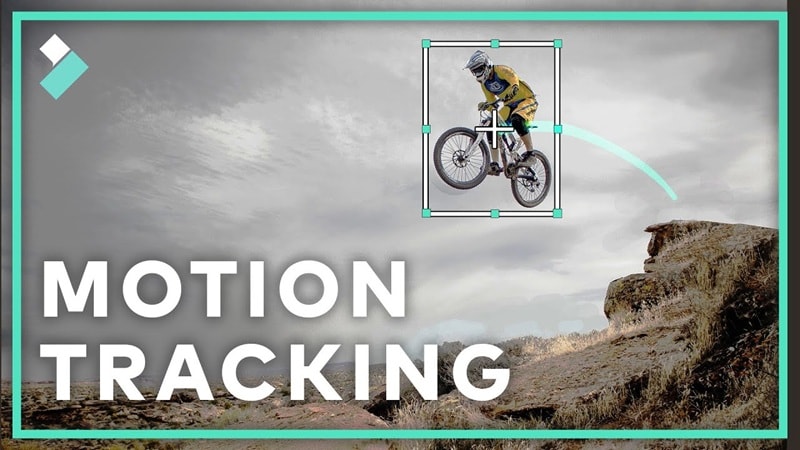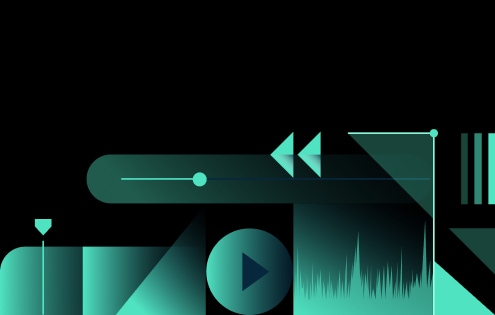In this article
Understanding 3D Camera Tracking
Ever wonder how CGI creatures or digital explosions move so perfectly with the camera in a movie scene? That's the magic of 3D camera tracking. It helps editors match computer graphics with real-life footage so they look like they belong there.
3D camera tracking is a video editing technique that analyzes regular footage and figures out how the camera moved while filming. Editors use this information to add digital objects that follow the same motion path as the original camera. These objects include explosions, buildings, or characters that stay locked in place as the camera moves.
The journey of this technique started with simple 2D tracking in the 1990s. But by the early 2000s, tools like Boujou and PFTrack gave artists the power to work in full 3D space. These 3D tracking software let VFX artists recreate realistic camera motion, changing how visual effects were done in films.
Technical Breakdown
- ● Machine Learning-Based Tracking: 3D camera tracking software now uses AI to find and follow tracking points more accurately, even when objects move quickly or get blocked. Some systems use models like YOLO or DeepSORT to keep everything locked in place.
- ● Sensor Fusion: This technique combines visual tracking with data from sensors like gyroscopes or depth cameras. It helps stabilize motion and improves tracking when the footage gets shaky or fast.
- ● Marker-less Tracking: Before, editors needed to place physical tracking points in the scene. Now, advanced 3D tracking software can lock onto natural features like edges, textures, or patterns in the video. This tech not only saves time but also lets creators work more freely.
High-end tools like the 3D camera tracker in After Effects offer advanced control. Meanwhile, free, open-source options such as Blender 3D camera tracking give creators plenty of flexibility.
Application Section - When/Where to Use
Real-World Applications of 3D Camera Tracking
Limitations and Challenges
Future Outlook
As AI continues to evolve, expect 3D camera tracking to get even more automated and accurate. More tools will offer real-time feedback, helping creators speed up post-production. And with AR and VR on the rise, tracking will play a big role in making virtual experiences feel even more lifelike.
Practical Demonstration Section - How to Use
3D camera tracking software can be tough to learn and often needs strong hardware. If you're just starting out, you can still create amazing motion tracking effects in Wondershare Filmora .

Filmora doesn't support full 3D camera reconstruction like Blender or After Effects. But, it does offer two features that simulate the effect: Motion Tracking and Planar Tracking . These tools let you attach objects, text, or overlays to moving subjects or flat surfaces.
Motion Tracking
This tool tracks the movement of a subject in your video so you can make text, stickers, or images follow it smoothly.
Follow the simple steps below to use this feature in Filmora:
Planar Tracking
This feature locks graphics onto flat surfaces, like signs, screens, or walls, so they move naturally with the scene's perspective.
Follow the simple steps below to use this feature in Filmora:



